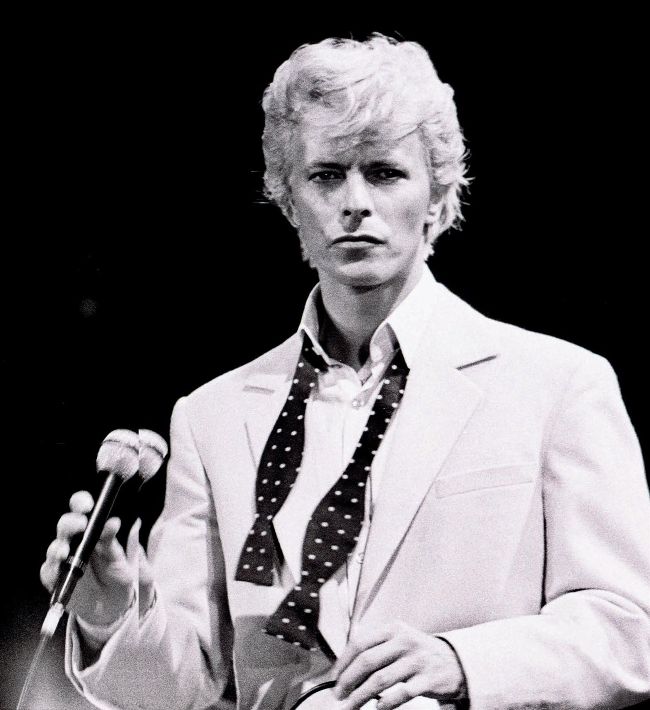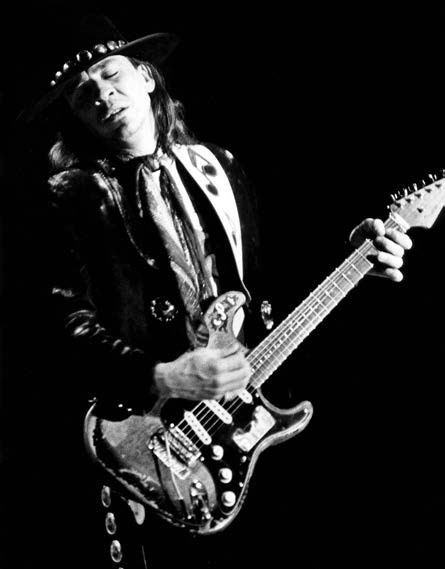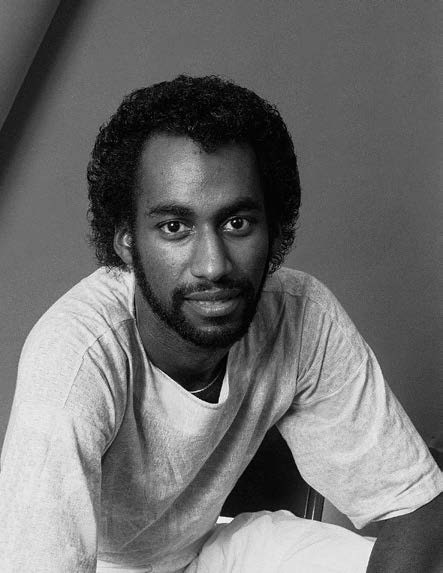DAVID BOWIE
NO SMOKE WITHOUT FIRE
AFTER A FEW YEARS OUT OF THE SPOTLIGHT, A BLEACHED-BLONDE BOWIE RETURNED IN 1983 WITH LET'S DANCE AND ACHIEVED GREATER GLOBAL FAME THAN EVER BEFORE. CLASSIC POP CHARTS THE MOMENT DAVID BOWIE ASCENDED TO SUPERSTARDOM…
ANDY PRICE

Getty Images
It’s a commonly held critical view that David Bowie’s work was a hugely influential force in shaping the musical landscape of the 1970s. From the epochal Ziggy Stardust era, to his fearless adoption of Philly soul and his trailblazing experimentation in Berlin during the later half of the decade: Bowie had demonstrated a fearlessness towards music-making that almost single-handedly dictated the musical and social trends of the decade – and left many of his contemporaries floundering. With 1980’s Scary Monsters, he tied a neat ribbon over his 70s canon by thematically and musically revisiting key facets of his past while also looking ahead to the future. Ever surprising, his next move was perhaps the most unpredictable of them all.
For a multitude of reasons (chiefly, perhaps, his high-profile signing to EMI Records for an estimated $17.5 million), David Bowie decided that the next stage of his career required some bona-fide hits. Despite being an artist of overwhelming significance, Bowie had only really accumulated a small cluster of successful singles. As the 80s dawned and status was seemingly measured more and more against chart placements, Bowie realised that he’d have to reposition himself in the landscape of pop music yet again. Clearly feeling that his go-to producer Tony Visconti wasn’t perhaps the best choice to help him achieve this vision, Bowie sought out Chic’s Nile Rodgers to produce an uptempo, funky and accessible album. “We met at his Manhattan apartment, where he showed me a picture of Little Richard in a red Cadillac,” Rodgers told Pitchfork magazine in 2016. “He said: ‘I want my album to sound like this’. He just had to show me a picture, and I completely understood. He wanted something that felt like the future but was rooted in rock‘n’roll, something soulful, Black, and R&B, but morphed and evergreen. And that’s what Let’s Dance is.”
Visconti was hurt by Bowie’s rejection and – despite helping David with some of the sound for the UK dates of his later Serious Moonlight Tour – became estranged from Bowie until the late 90s.

Getty Images

Guitarist Stevie Ray Vaughan and drummer Omar Hakim would prove key contributors to Bowie’s new sound on Let’s Dance
Getty Images
Bowie spent time developing ideas for the record before bringing them to New York’s Power Station Studios. Along for the ride was a young Stevie Ray Vaughan – the startling, fiery blues guitarist whom Bowie had seen perform at the Montreux Jazz Festival. Bowie was astonished by the Texan’s skill, and thought he’d be a valuable asset to utilise in the production of his biggest pop statement to date. “To tell you the truth, I wasn’t very familiar with David’s music when he asked me to play on the sessions,” Stevie Ray later said in an interview with Guitar World, but his virtuosic solos became a standout aspect of Let’s Dance’s sound, particularly on the title track. His work on the record helped him to further develop his own career as a world-class guitarist, before his untimely death in 1990.
Also joining Bowie’s entourage at this point were the rock-solid duo of Omar Hakim on drums and Carmine Rojas providing the impactful bass. Carmine remembered that the recording of Let’s Dance was an incredibly fun experience. “Being creative with David was great,” Carmine tells Classic Pop. “For the song Ricochet, which is a great song, he wanted like a Polynesian kind of sound to it. As a Puerto Rican coming from Brooklyn, I was a little bit perplexed by it at first. There were no smartphones then, we couldn’t just Google it to figure out exactly what he meant. So we had to really get into the feel of the track and kind of make our own version of it.”